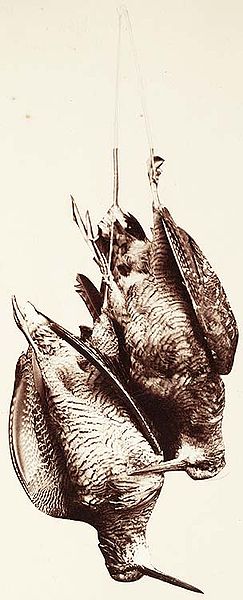
Now I would have thought that these birds would come from Scandinavia , eastern Europe and the near parts of Russia – and on the whole I’d be right. But look where ‘Monkey’ is – wow!
That woodcock is closer to Beijing than it is to Moscow. In case you aren’t completely au fait with the district of Yeniseysky here is a link which won’t leave you much the wiser.
Aren’t birds just amazing? And isn’t new technology demonstrating how amazing they are?
Which species would you most like to be studied with this type of technology in the future?
[registration_form]
What an incredibly brilliant bit of work – GWTC at its conservation best ! The dataloggers are clearly more accurate than the ones used on smaller birds, with Woodcock being a good deal bigger. I zoomed in on the Russian bird’s breeding range which has been tracked beautifully, with lots of records. The resolution runs out on the edge of being able to get a clear idea of habitat but my reading was that the bird was breeding in quite open woodland on fairly level ground, but in an area of sharply ridged mountains probably covered in forest but also with what looked like rocky bare ground along the ridges.
My last international flight was from Japan (just after the ash cloud !), entirely in daylight, over Russia – though a good deal further north – and the scale of the country is almost unbelievable, with spectacular wild areas. It was may and I’d been watching pent up flocks of Wigeon waiting to leave – but the heart of the continent was still locked in a very icy winter.
Mark. My favourite bird of all (swifts) have already had the cuckoo and woodcock treatment so next up I’d like to see Britain’s favourite bird (allegedly) have a GPS tracker treatment. I’m told that the robins in our garden at various times of the year are very different individuals in different seasons that have arrived from the continent etc.
I would love to know where “my robins” go to and where “my other robins” come from…
Doug – I suspect that robins are still just too small – although nightingales have had this treatment already. I wonder whence the most-travelled winter robin in our gardens has come.
Housemartins would be interesting, but I too think some more of our “common” birds might reveal small migration habits such as the Robins but could also provide helpful information for more threatned/at risk species such as Bearded Tit, Dartford Warbler and maybe even Yellowhammers, perhaps even raptors?
Thanks Mark. I fully expect the BTO to produce smaller and smaller GPS trackers soon enough. I hope so anyway!